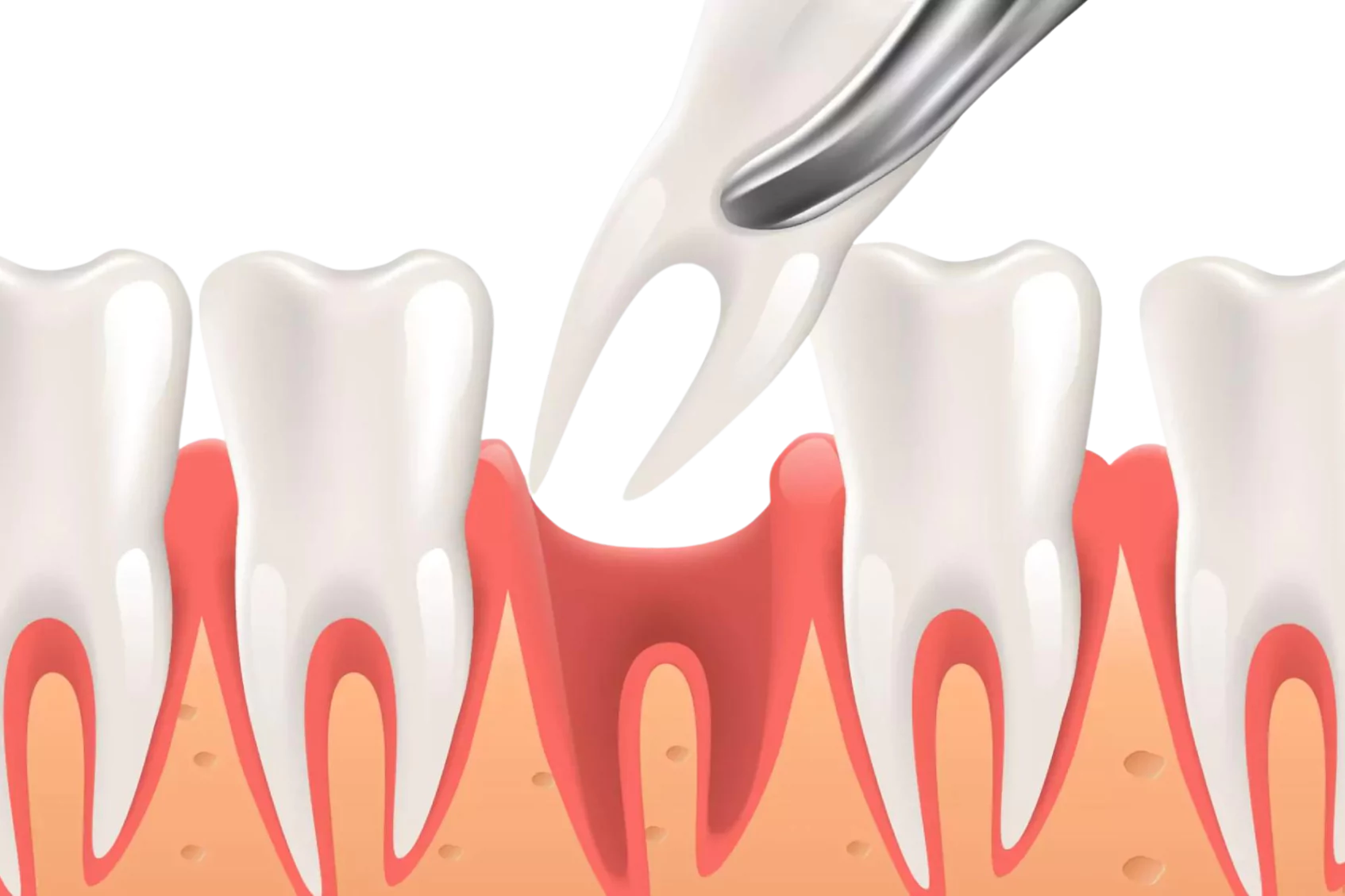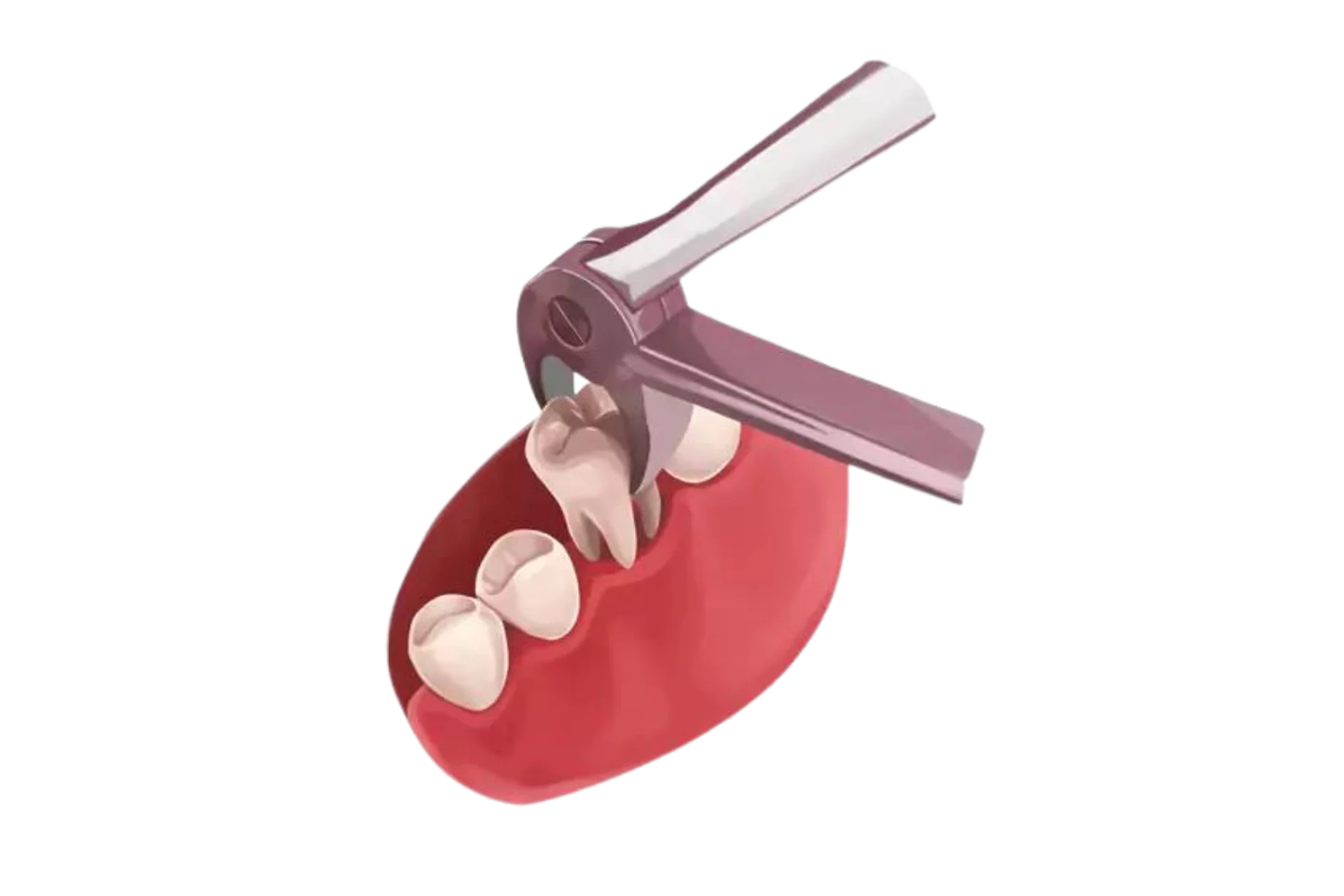
Non-Surgical Tooth Extraction:
Surgical Tooth Extraction:
It’s important to follow the guidelines provided by your dentist or oral surgeon after a tooth extraction to promote healing, prevent complications, and ensure a smooth recovery.
These guidelines may include:
Remember to consult with your dentist or oral surgeon for personalised advice regarding your specific situation, as they will be able to provide you with the most accurate information and address any concerns you may have.
Unleash the power of your smile and embark on a life-changing journey today! Embrace a transformational experience that will redefine your confidence and elevate your smile to new heights. Take the first step towards a radiant future and unlock the extraordinary potential within you. Let your smile become the symbol of your transformation and embrace the incredible possibilities that Await.

Stay up-to-date with our latest updates!
We will never send any spam emails.
